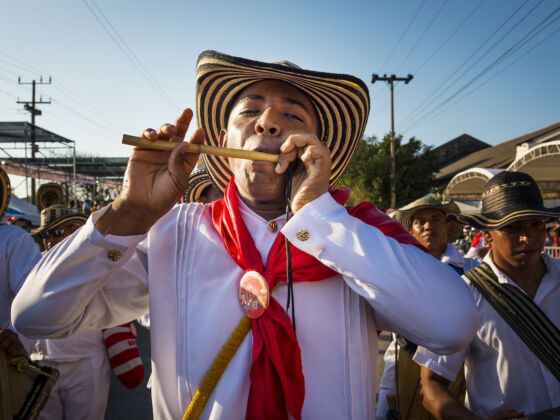1. How to start a dance party at any time and any place
We Colombians love to dance, it’s a huge part of our culture and most of us have a natural talent for it. We believe rhythm is in the blood of every woman. Some boys may have technique issues at first but for sure their mothers, older sisters or aunts will teach them how to dance properly before they become a teenager.
Typical American parties are for drinking and eating, but rarely dancing, whereas Colombians certainly know how to have fun dancing anywhere and everywhere. It’s not unusual to find a Colombian birthday party, family reunion, barbecue or even an innocent visit with a friend, turning into a dance floor. Salsa, merengue, reggaeton, vallenato (folk music from the coast, played with an accordion) — we’ll basically dance to anything that encourages movement. Colombians are experts in making up parties, even for no particular reason. We definitely don’t need to be at a disco to stand up and move our bodies.
